"They inhabited the future of their time, but they sound historical to me now": A music professor breaks down the theory behind Kraftwerk's Autobahn
Following the landmark album's 50th birthday, we pop the hood on Kraftwerk's breakout release to inspect its musical mechanics
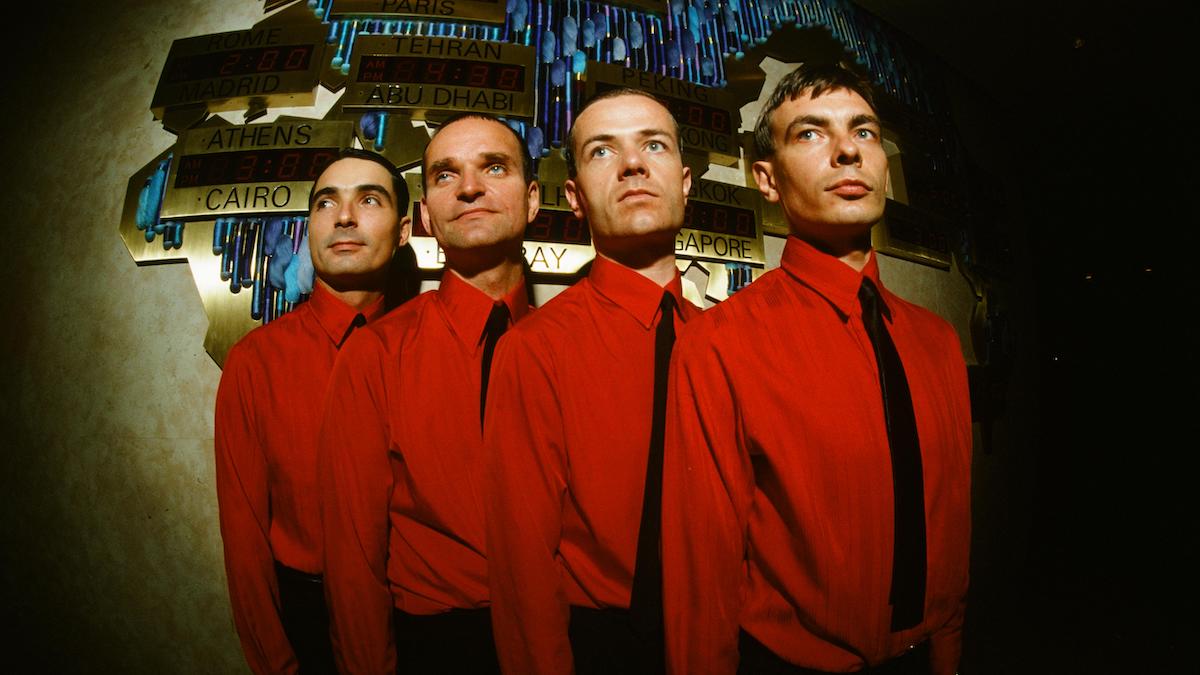
Ralf Hütter and Florian Schneider met as students at the Robert Schumann Hochschule in Düsseldorf in the late 1960s. They formed Kraftwerk in 1970; the name is the German word for “power plant.”
After making three all-instrumental albums, they decided to move in a more pop direction, which meant singing. Autobahn was their first song with lyrics, released on the album of the same name in 1974. The title refers to Germany’s highway system, literally translating to “car trail” or “car track”.
This was the first Kraftwerk song to get released in the US, and it was an international hit. If the 22-and-a-half-minute version above is too much, you might prefer the more radio-friendly edit below.
The lyrics
Drummer Wolfgang Flür described "Autobahn" as an audio description of the drive from Düsseldorf to Hamburg, and the band makes charmingly literal usage of engine and road sounds along with the voices and instruments.
Ralf Hütter and Florian Schneider wrote the lyrics with artist and designer Emil Schult, who also created Autobahn’s album cover. While Schult wasn’t a musician per se, he did have good taste, and he helped the band select ideas from their improvised jams. Kraftwerk doesn’t sound much like a jam band, but their creative process is surprisingly similar.
Contrary to popular belief, Hütter and Schneider are not singing “fun fun fun of the Autobahn”. They’re singing “fahren fahren fahren auf der Autobahn”, which just means “driving driving driving on the Autobahn.” It sounds remarkably like Fun Fun Fun by the Beach Boys.
The most fun thing about the Autobahn is that there are no speed limits (except for passenger buses, motorcycles, cars over a certain weight, and so on). However, while the members of Kraftwerk have spoken about their love of the Beach Boys, this is not an intentional quote.
Get the MusicRadar Newsletter
Want all the hottest music and gear news, reviews, deals, features and more, direct to your inbox? Sign up here.
The theory
While the song is long and convoluted, its component parts are simple. The chorus ("fahren fahren fahren auf der Autobahn") is I-IV-V in F major, I-IV-V in G major, and a "Super Mario Bros" cadence in D: Bb to C to D. The long grooves are in A major and/or A Mixolydian, except for the last one, which is in D major and/or D Mixolydian.
There's another section that I think of as the "alternative" chorus ("faaaahren auf der Auutobaaahn"), which is I-IV-V in A major. For the last time through this section, they shift it to D major. It's not too difficult to figure out any of the individual sections, but keeping track of the large-scale structure is a challenge.
Kraftwerk’s accessible tunes and ultra-minimalist lyrics may sound innocent and optimistic, but their instrumental textures communicate alienation and anxiety
The rhythms are straight foursquare rock beats without only mild syncopation. Sometimes the notes come fast because they’re being played from a sequencer, but the patterns are square and simple. The predictable rhythms and unobtrusively mixed drums can make Autobahn sound like children’s music; my own kids loved Kraftwerk when they were little. When I was younger, I only knew Kraftwerk by their visual imagery, and I was imagining something much bleaker and more industrial-sounding. It’s a lot like how people see Grateful Dead album covers full of skulls and assume that they’re a metal band.
Kraftwerk’s accessible tunes and ultra-minimalist lyrics may sound innocent and optimistic, but their instrumental textures communicate alienation and anxiety. It’s a fascinating tension. Let’s have a look at those instruments next.
The production
The band made most of their music in a studio they owned, which they named Kling Klang, after one of their early tracks.
The studio was originally a 650-square-foot room plus a few side rooms. Kraftwerk began recording Autobahn there, and then completed and mixed it at Conny Plank’s studio. Plank had a handmade 56-channel mixing desk with a section that could split away and be installed in his van for location recording, including at Kling Klang.
I was surprised to learn that Kraftwerk didn’t use any synthesizers at all until their third album. Instead, they played flute, guitar, and Farfisa and Hammand organs over primitive drum machines. They processed the sounds afterwards using tape echo and other analog manipulations.
One of the band’s first synths was a Minimoog, which they controlled with an analog sequencer to create the basslines on Autobahn. This was three years before Giorgio Moroder used the same technique on I Feel Love with Donna Summer.
Kraftwerk played the leads and pads on Autobahn using an EMS Synthi AKS and an ARP Odyssey. They also used instruments custom built or adapted by Schneider and Klaus Röder, including a Vox Percussion King and a Farfisa Rhythm Unit 10. (Röder also plays violin and guitar on the album.) These drum machines were apparently played live rather than programmed, since the tempos fluctuate gently throughout the album, the sure sign of a human drummer.
In 1975, Kraftwerk performed Autobahn on the BBC, and you can see their custom-built electronic drum kit in action. Wolfgang Flür is using metal sticks to play on the metal pads, and when they make contact, it closes an electrical circuit that triggers the corresponding synthesized drum sound, possibly from a customized Maestro Rhythm King.
Here’s a live performance of the entire Autobahn album from 2024, featuring the band’s iconic Tron suits and podiums.

In this video, the band is playing digital synths rather than analog ones, and it’s easy to understand why they made the switch. Analog synths are bulky and delicate, and their tuning is sensitive both to temperature and to the mains voltage of whatever country you’re in. Computers are much smaller, lighter and more reliable.
The vocoder
Autobahn begins with twenty seconds of automotive sounds, and then a robotic voice repeatedly intones the song title. Kraftwerk created this robot voice using a vocoder that was custom-built for them by electrical engineers from the Physikalisch-Technische Bundesanstalt Braunschweig.
The vocoder is one of those mysterious technologies that is far more widely used than understood. The first one was developed by Bell Labs physicist Homer Dudley. The name is short for Voice Operated reCOrDER. You may be surprised to learn that it was originally developed not for electronic music, but for military communications. Also, you use a vocoder every time you talk on a cell phone. This short New Yorker documentary gives some helpful context.
In the 1930s, Bell Labs began researching ways to digitize voice transmissions so they could be transmitted without America’s enemies listening in. The simplest way to digitize audio is to take continual measurements of the voltage coming off a microphone. You store each amplitude reading as a string of ones and zeroes. This technique is called pulse-code modulation.
The problem with pulse-code modulation is that if you want an accurate encoding, you will need a whole heck of a lot of ones and zeroes. CD-quality audio requires 44,100 voltage readings per second, and each reading requires sixteen ones and zeros to store. To give you some perspective, twenty seconds of stereo music takes up the same amount of computer memory as the entire text of War and Peace. Fortunately, the vocoder offers a much more efficient approach.
The vocoder splits up the audio signal into different frequency bands, the same way that a graphic equalizer does. It then measures how much energy there is within each band, and stores the measurements as strings of ones and zeros. You need exponentially fewer ones and zeros to encode audio this way than you do for pulse-code modulation.

Technologically sophisticated though the vocoder is, it actually works the same way as your ears do. Your inner ear contains a row of little hairs, each of which vibrates most sensitively within a particular frequency band. By measuring the amount that each hair is vibrating, your ear effectively “vocodes” the pressure waves pushing against your eardrums.
To play back your vocoded speech, you need a synthesized sound with a lot of harmonics, called a carrier. You filter each frequency band of the sound to match the amplitudes of the original signal, and you get a pretty good approximation of the original signal. Your phone uses white noise for its carrier. However, if you use a musical sound instead of noise, you can make a lot of weird and interesting things happen. Here’s a demonstration by Herbie Hancock:
You aren’t hearing Herbie’s voice at all, only his synthesizer. Herbie’s voice controls the filters on the synth, like a voice-controlled multiband EQ. If you want to try the vocoder yourself (and you should, it’s a lot of fun), there are plenty of DAW plugins, apps and hardware to choose from. Here’s a tutorial on the free vocoder plugin TAL-Vocoder.
The rest of the album
Beyond the title song, the Autobahn album contains four other (much shorter) tracks. Kometenmelodie 1 ("Comet Melody") was inspired by Comet Kohoutek, which passed close to Earth in 1973. It’s an ambient track in Mixolydian mode, mostly serene but occasionally austere. It would sound great in an episode of Doctor Who.
Kometenmelodie 2 is a lively rock instrumental using the same synth timbres as Kometenmelodie 1. It sounds like 1960s surf rock played by robots.
Mitternacht (“Midnight”) has a quiet spookiness befitting its title. It’s a cinematic combination of minor-key organ, synth dirges, and atmospheric textures that sound like birds, ghosts, water droplets, spaceships landing, and animal calls.
Morgenspaziergang" ("Morning Walk") begins with high-pitched synth chirps like an artificial songbird. These are joined by Florian Schneider’s cheerfully pastoral-sounding flute, synth burbles, rising white noise like an approaching waterfall, and harp-like synth arpeggios. You can see why Brian Eno loves these guys so much.
The influence
Kraftwerk has been widely influential on creators of rock, dance music, hip-hop, and electronic music of all kinds. Detroit techno innovators Juan Atkins, Kevin Saunderson and Derrick May combined Kraftwerk’s synth timbres with funk rhythms. Afrika Bambaataa rapped through a vocoder over Kraftwerk-inspired music on Planet Rock. WhoSampled.com lists over a thousand Kraftwerk samples.
Brian Eno is such a Kraftwerk fan that he has made several albums in Conny Plank’s studio, including Music For Airports. David Bowie was a fan too, and the feeling was mutual. Trans-Europe Express is a response to Station to Station, and the lyrics reference Bowie by name.
Bowie responded with a tribute to Florian Schneider on his Heroes album.
The word that keeps coming to my mind when I listen to Kraftwerk is retrofuturistic. They inhabit the future of their time, but they sound historical to me now.
It’s interesting to compare Autobahn to current electronic pop and dance music. The beats are heavier and funkier now, but the lyrics are less earnestly quirky, there aren’t many key changes, and the song structures are more predictable. I love techno and hip-hop, but Kraftwerk pointed in a few directions that remain underexplored.
Ethan Hein has a PhD in music education from New York University. He teaches music education, technology, theory and songwriting at NYU, The New School, Montclair State University, and Western Illinois University. As a founding member of the NYU Music Experience Design Lab, Ethan has taken a leadership role in the development of online tools for music learning and expression, most notably the Groove Pizza. Together with Will Kuhn, he is the co-author of Electronic Music School: a Contemporary Approach to Teaching Musical Creativity, published in 2021 by Oxford University Press. Read his full CV here.
Who Wants To Live Forever? The composer still creating music from beyond the grave
“How daring to have a long intro before he’s even singing. It’s like psychedelic Mozart”: With The Rose Of Laura Nyro, Elton John and Brandi Carlile are paying tribute to both a 'forgotten' songwriter and the lost art of the long song intro
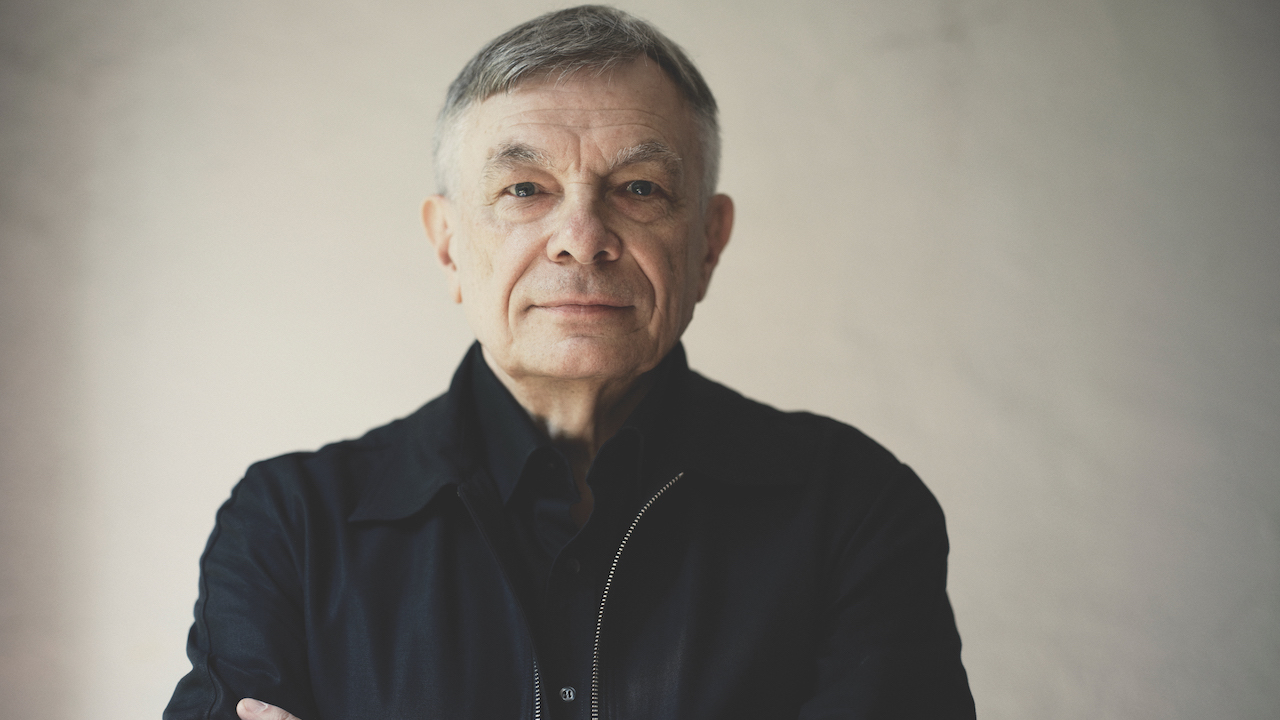









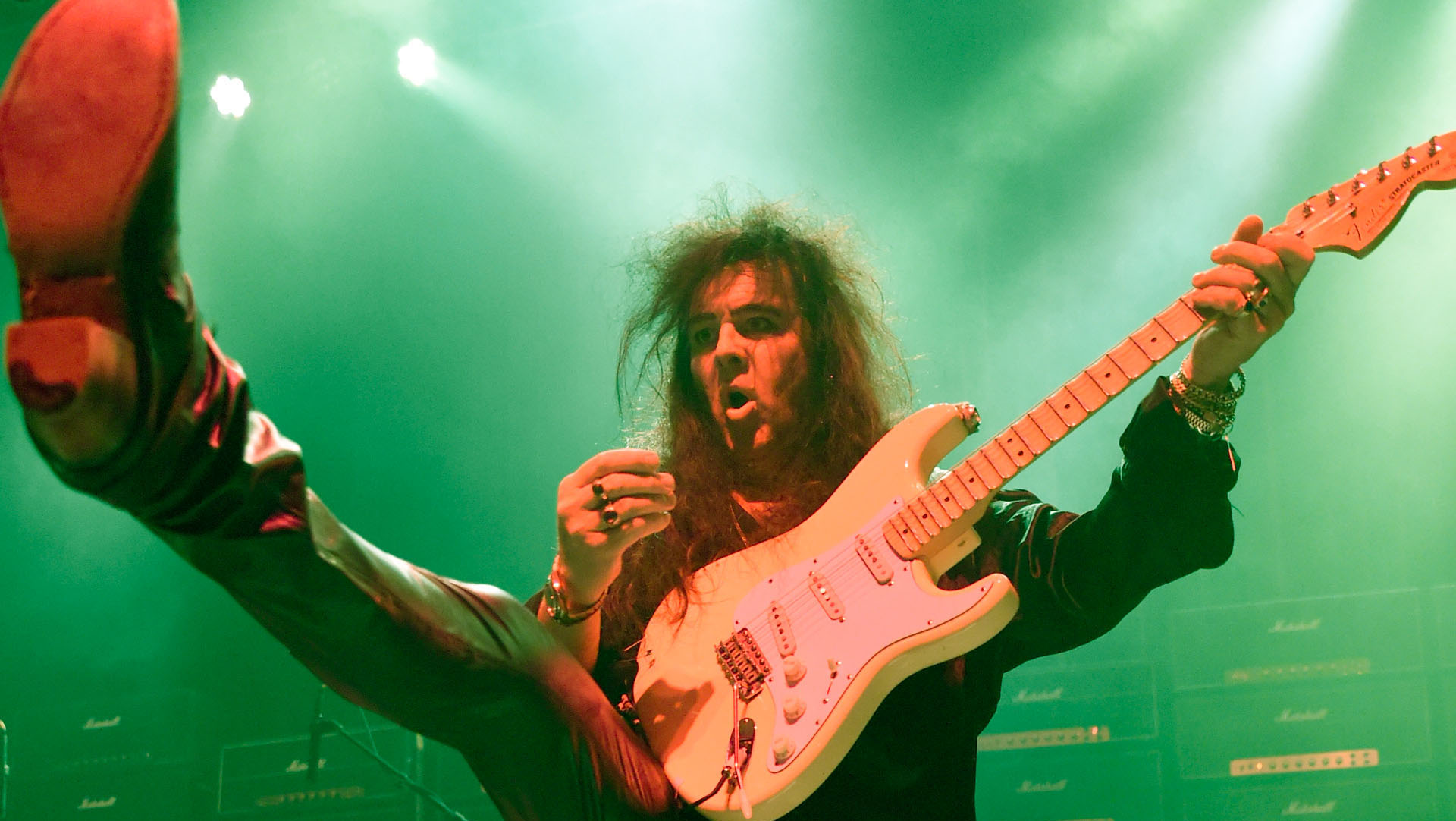
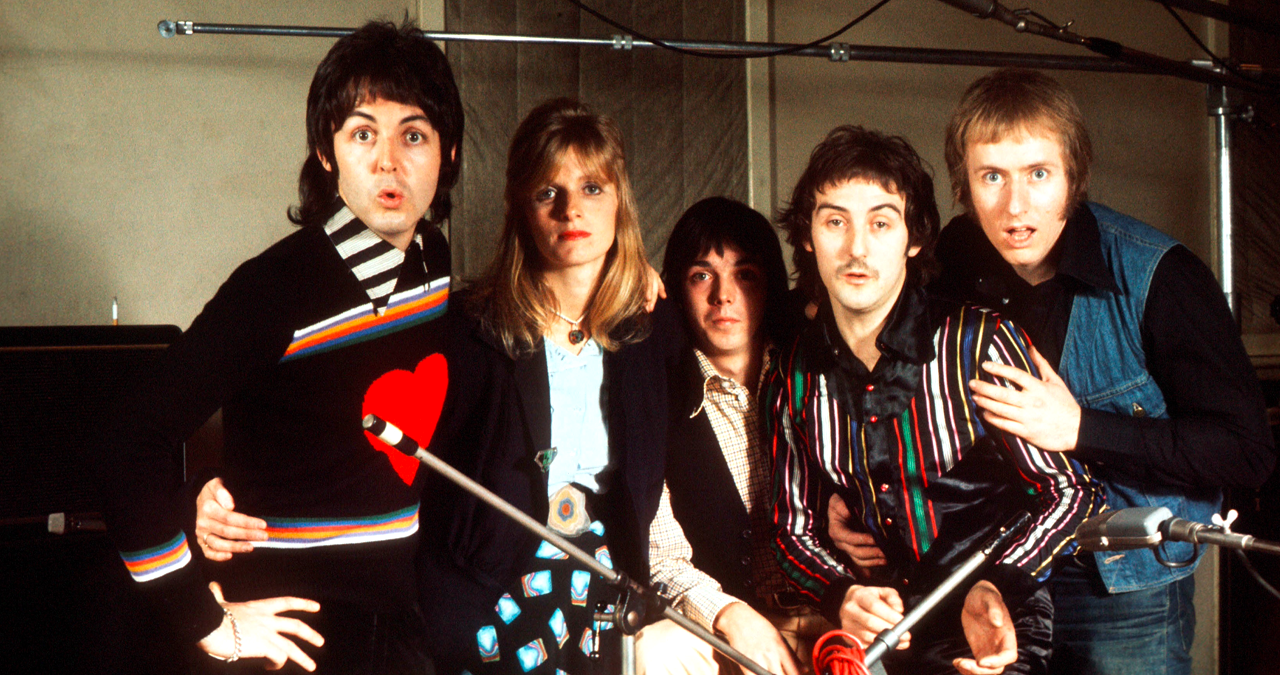

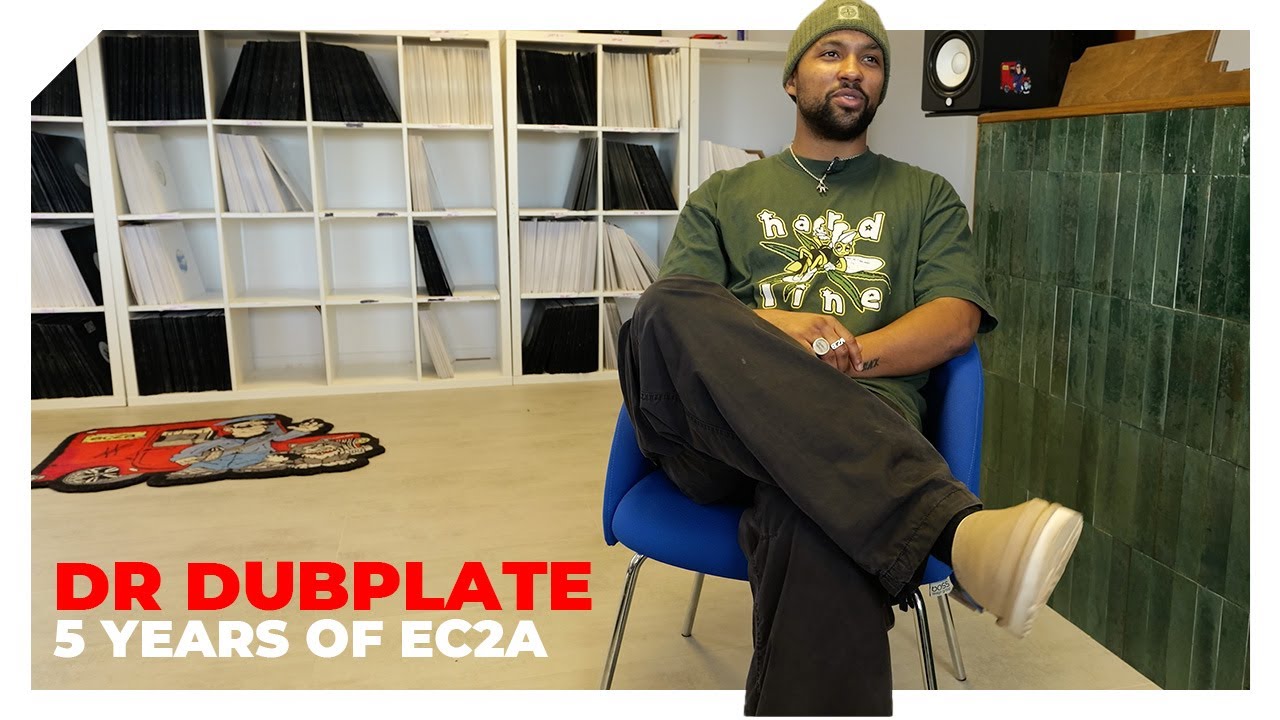

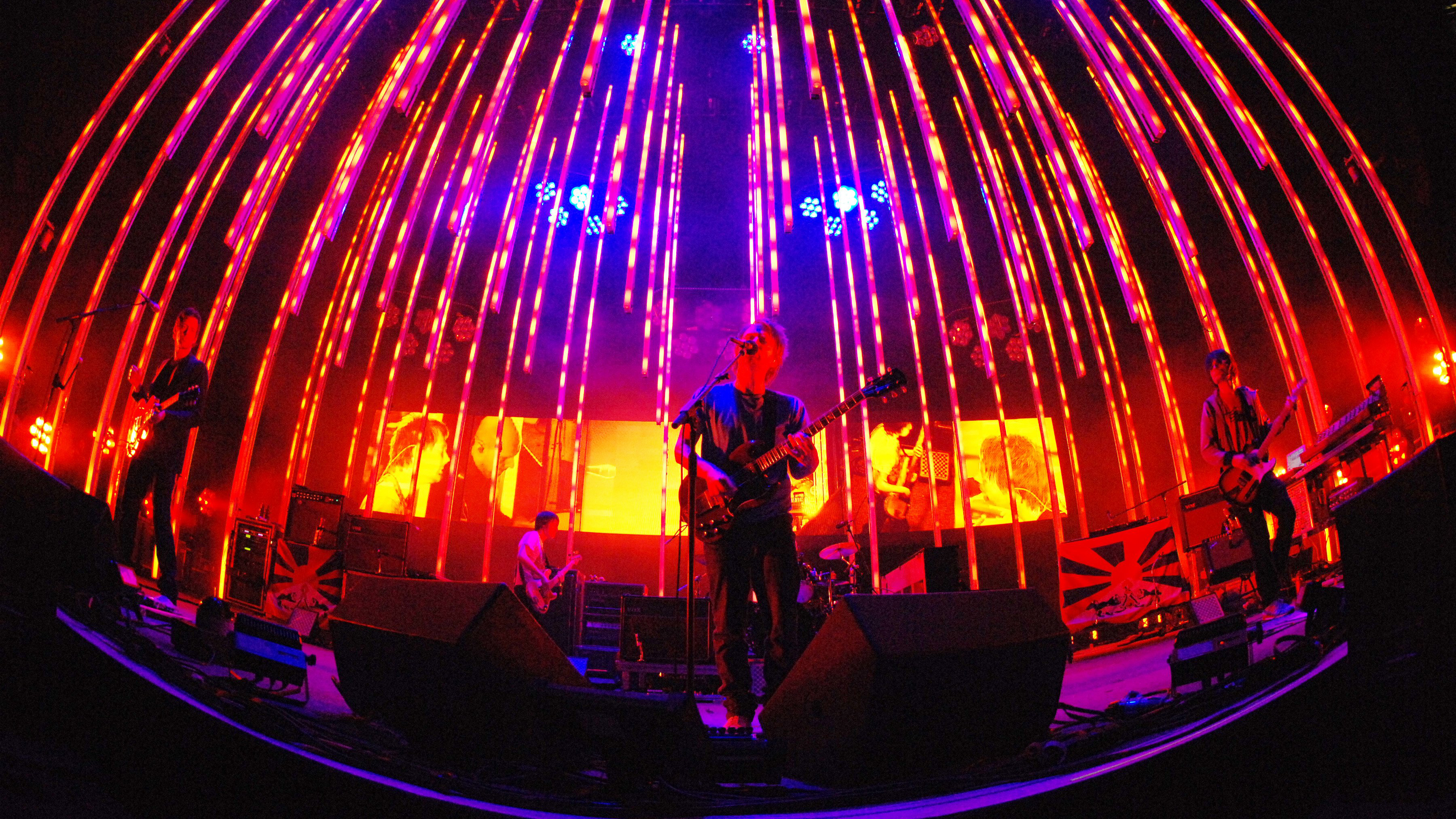
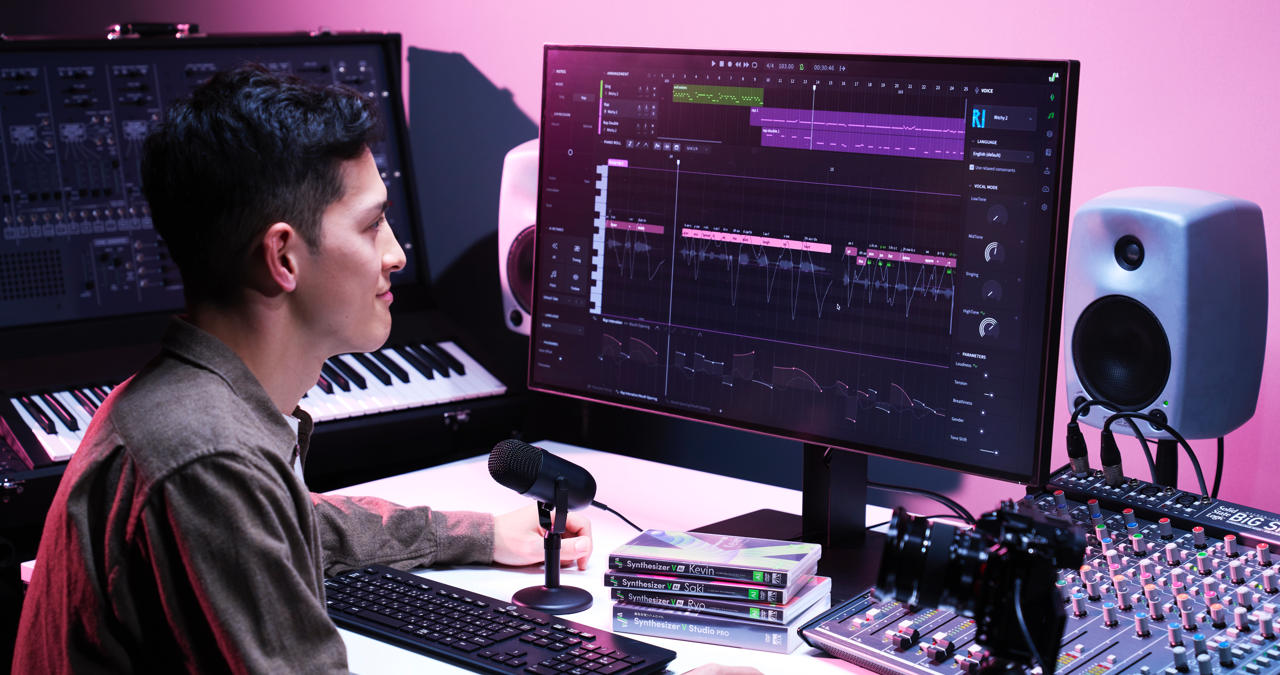

![James Hetfield [left] and Kirk Hammett harmonise solos as they perform live with Metallica in 1988. Hammett plays a Jackson Rhodes, Hetfield has his trusty white Explorer.](https://cdn.mos.cms.futurecdn.net/mpZgd7e7YSCLwb7LuqPpbi.jpg)